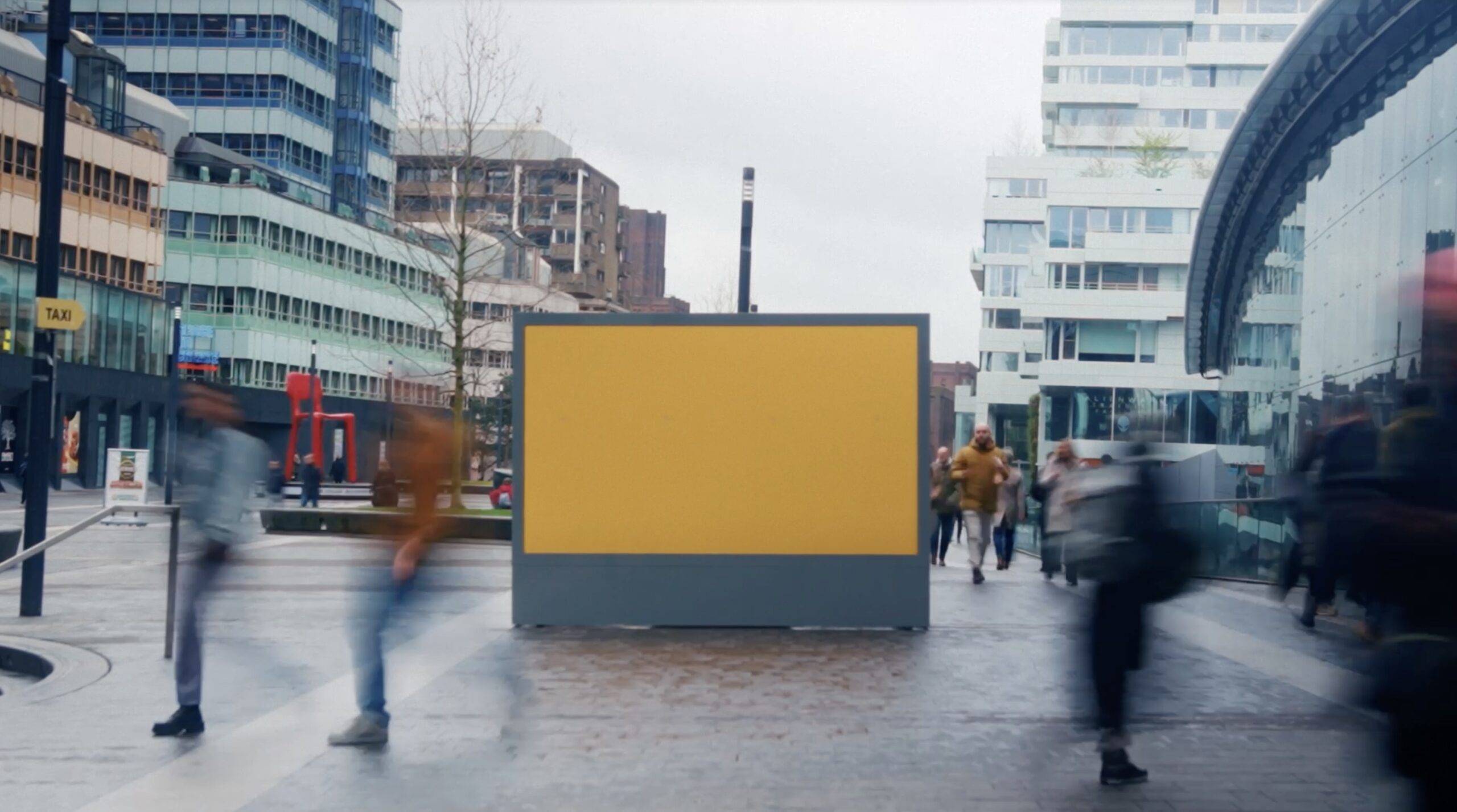
Smells Like McDonald’s
McDonald’s Netherlands
TBWA\NEBOKO
The Challenge
As the leading brand in the Netherlands’ Informal Eating Out Category, McDonald’s struggled to maintain top-of-mind awareness amid growing competition from various brands after COVID-19.
How could TBWA\NEBOKO reinforce the brand’s iconic presence in a new way that captivates and engages audiences?
The Solution
TBWA\NEBOKO developed a campaign centered around the universally recognizable scent of McDonald’s fries.
They launched a world-first outdoor activation: simple red and yellow billboards equipped with an internal heating and ventilation system that released the scent of McDonald’s fries. Those within 5 meters of the billboard instinctively identified the smell as McDonald’s over competitors’.
With “Smells Like McDonald’s,” they aimed to highlight the strength of McDonald’s iconic branding and sensory marketing by relying solely on fragrance to attract attention.
The campaign’s main message wasn’t limited to in-person interactions with the billboards. Anyone familiar with McDonald’s or intrigued by the marketing could engage in online discussions about this initiative, effectively connecting the physical and digital realms while extending its reach and impact.
The Results
‘Smells like McDonald’s’ was created to enhance the brand’s iconic status and maximize reach and attention using minimal budget, solely through earned media.
Utilizing McDonald’s unique scent as the sole marketing asset, the campaign quickly captured media interest, achieving worldwide recognition and sparking discussions within just one week. It reached over 1.5 billion people, generated 25 million impressions, and garnered over 85,000 engagements, resulting in an EMV of €49.9 million, marking it as McDonald’s Netherlands’ most successful PR campaign.
A street survey revealed that 87% of passersby recognized the McDonald’s scent, and 71% of them could distinguish the smell of French fries, demonstrating a strong brand recall. Online, the campaign received high praise for its creative marketing strategy, achieving a positive-neutral sentiment of 89%.